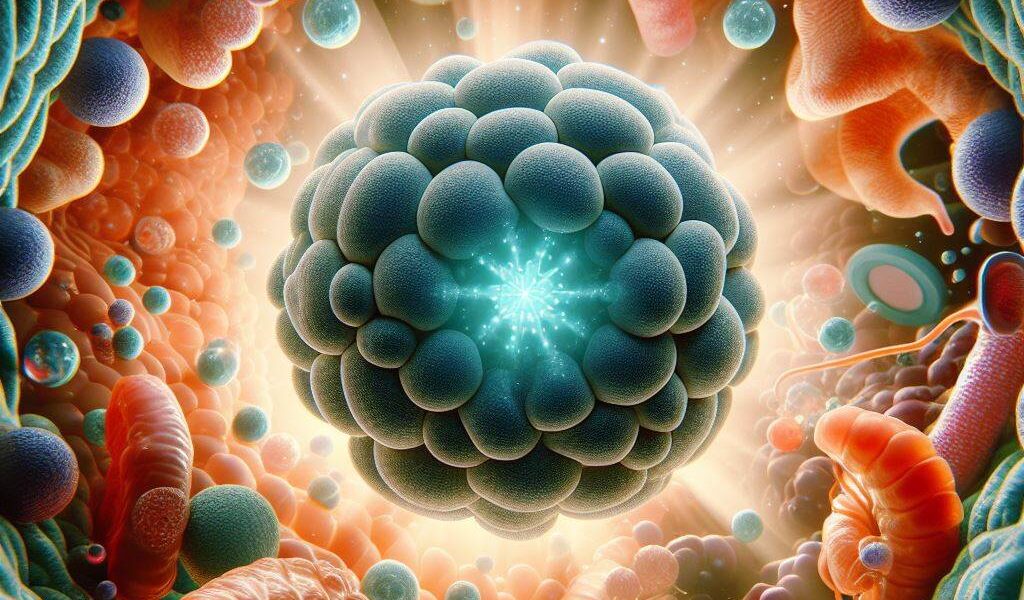How these mini-organs can revolutionize disease research and treatment
Prof. Aécio D’Silva, Ph.D
Organoids are tiny, self-organized 3D tissue cultures that can mimic the structure and function of real organs. They have the potential to transform medical research and offer new hope for patients with various diseases.
Have you ever wondered what it would be like to have a miniature version of your own organs, such as your brain, heart, or liver, growing in a lab? Sounds like science fiction, right? Well, not anymore. Thanks to the advances in stem cell technology, scientists have been able to create organoids, which are essentially 3D models of organs derived from stem cells. Organoids can replicate some of the complexity and diversity of real organs, making them ideal tools for studying human development, disease, and drug response. In this blog post, we will explore what organoids are, how they work, and how they can help us treat diseases in humans.



